Are you thinking about packing your backpack and traveling to Vietnam on your own? Do you want to experience the cultural diversity of the various ethnic groups in the north, the breathtaking landscapes, cities full of character, beaches, mountains, and the Mekong Delta? And all without having to spend all your savings?
More and more people are visiting this popular Asian destination, and many are daring to explore it solo. Knowing you’ll be one of them, we’ve prepared this guide to Vietnam that’s perfect for you. Read carefully!
Currently, and until further notice from Vietnamese authorities, citizens of 25 countries can travel to Vietnam without having to apply for a visa. You can obtain a 45-day visa exemption for Vietnam, allowing you to stay in the country for over a month and a half for free.
However, if you plan to stay longer, you will need to apply for a Vietnam visa. In the link above (coming soon), you’ll find all the ways to apply for it quickly and easily, with clear explanations.
If you’ve decided to travel to Vietnam, you’ve probably already started searching for flights. We know how important this topic is since a large portion of your budget goes towards airfare. So, we’re going to share some tips on finding cheap flights to Vietnam, allowing you to use those savings to spend in the country or on other travel expenses.
In the link above (coming soon), we provide a step-by-step guide to help you save on flights. Check it!
It goes without saying how important it is to travel to Vietnam with a good insurance. We were the first ones to offer the famous 5% discount on IATI Insurance, but you also have it available with Heymondo Travel Insurance.
Follow the links bellow to get a discount on their website:
We know that weather is a crucial factor when planning a trip to Vietnam, but the reality is that it’s a country you can visit year-round. Its long shape, with an extensive coastline stretching from north to south, means that temperatures and rainfall vary depending on the latitude.
So, when is the best time to visit Vietnam? It depends. It depends on which area you want to visit and the activities you plan to do.
While Vietnam is typically hot and humid, the climate can vary significantly from region to region due to the country’s length.
Nowadays, finding hotels, guesthouses, or restaurants in Vietnam with free Wi-Fi is the usual trend, although there are also those who wish (or need) to have continuous internet connection.
To help with that, we’ll tell you how to get a Vietnam eSIM and make the most of their affordable prices. And now, we also provide information about Vietnam’s eSIM with unlimited data. If you want to get one directly, use the following link (with a discount):
Certain vaccines are recommended depending on the type of trip and the duration of your stay.
The best approach is to schedule an appointment at an international vaccination center well in advance, as waiting lists can be long. There, specialized doctors can advise you, answer all your questions, and provide tailored recommendations. In addition, they will give you essential information on preparing your first aid kit and preventing diseases with basic precautions.
Knowledge is power—once you have all the necessary information, you’ll be able to make the best decision for your trip.
“Those who forget their history are condemned to repeat it” seems to be a concept well understood by the people of Hanoi, who proudly display their history and culture through a series of museums, monuments, prisons, and pagodas. No one who sets foot in Hanoi will leave without learning something more about the war.
However, the capital has successfully adapted to the flow of travelers passing through Southeast Asia, making this city a must-see. That’s why in the Old Quarter, there are hundreds of accommodations, restaurants where you can enjoy delicious Vietnamese cuisine, and of course, countless places where you can savor the always tempting cà phê.
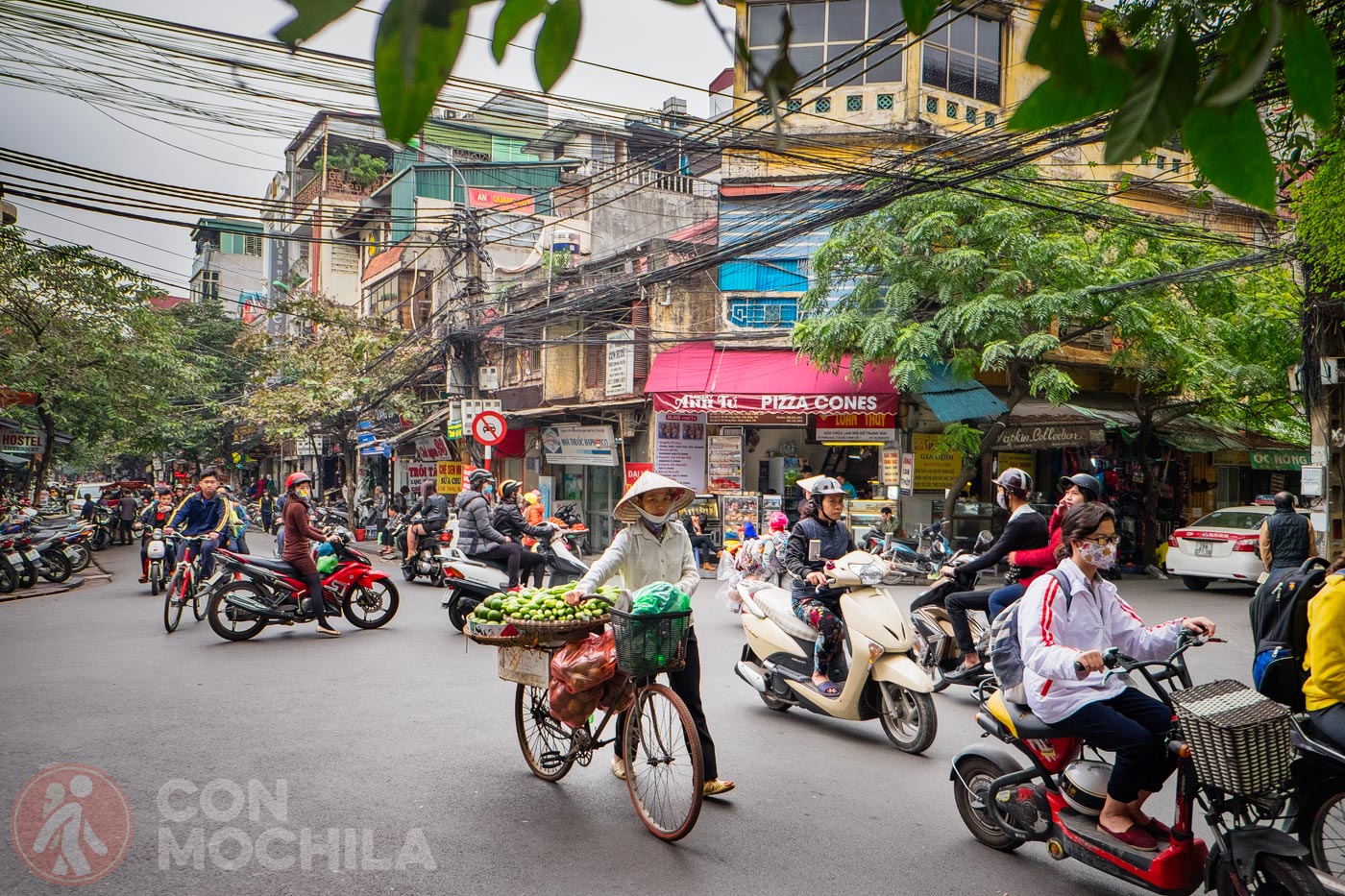
Hanoi is a city where you can spend two or three days, and you will find all the information in this article.
From the moment I arrived, I had a feeling I would like Hoi An. Without realizing it, I had been looking forward to visiting this city almost since the moment we entered Vietnam. In fact, I was already enchanted by it as soon as Toni started telling me about it.
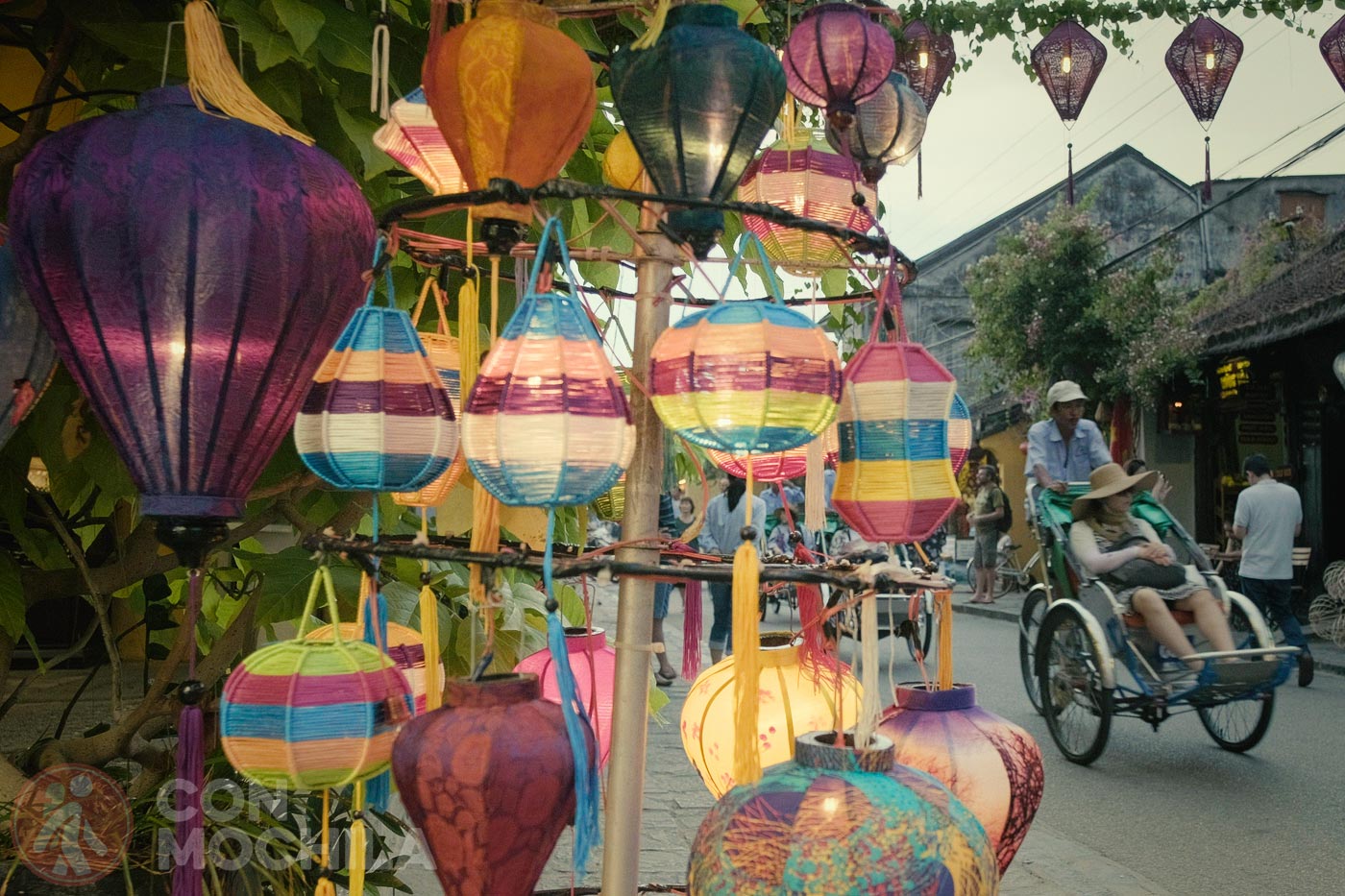
Hoi An is a coastal city, whose port, crucial for trade during the 16th to 18th centuries, welcomes the Thu Bon River at the end of its journey towards the South China Sea, along with the thousands of tourists drawn by the World Heritage designation of the city’s beautifully preserved old town.
Situated in the heart of Vietnam and crossed by the Perfume River, Hue is one of the most charming destinations and another major tourism hotspot.
As the former imperial capital of the Nguyen dynasty, with a citadel worth exploring for a few hours and surrounding areas rich in attractions, this city is a great place to spend a couple of days discovering the complex of monuments designated as a World Heritage Site.
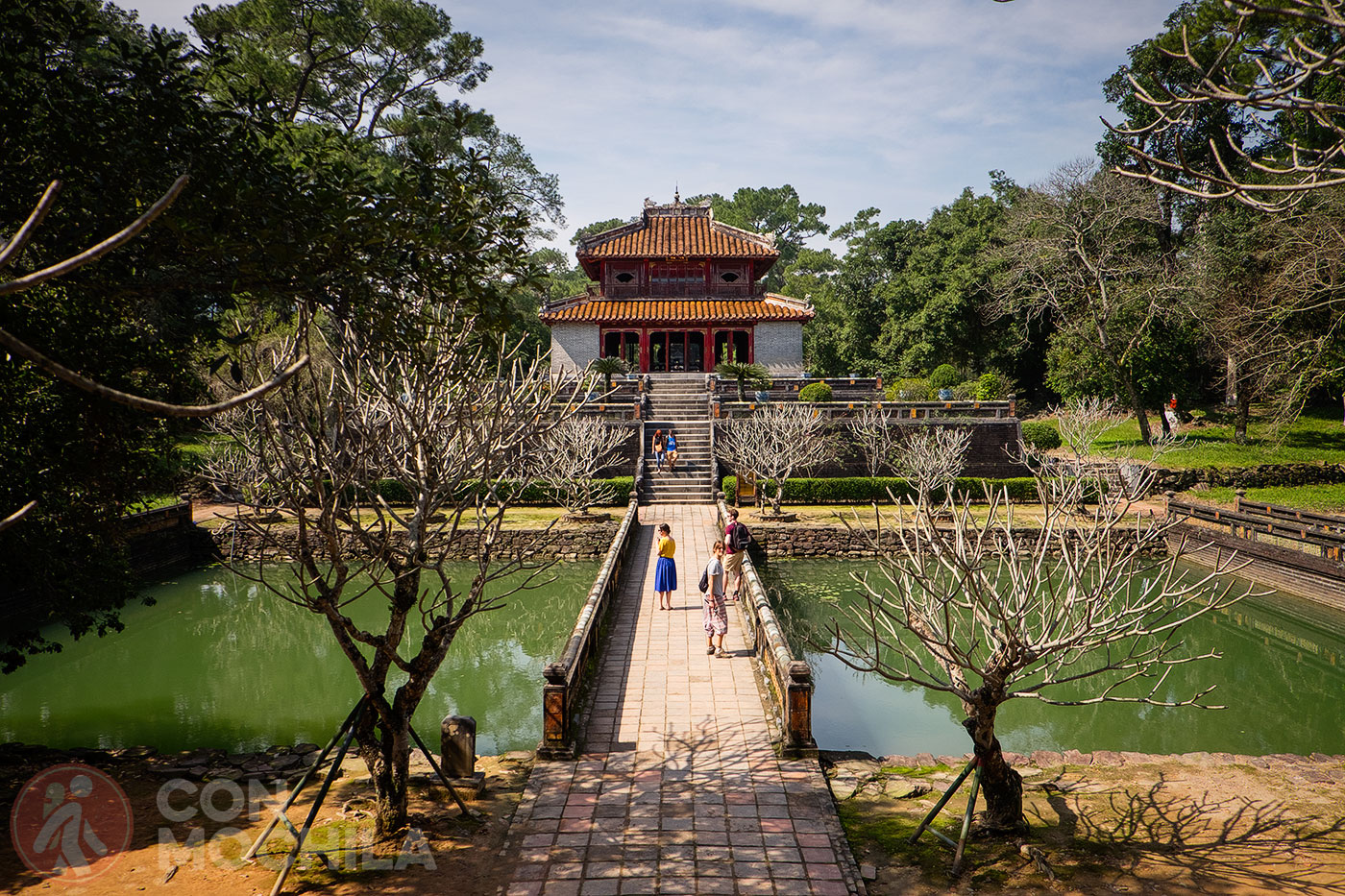
The architecture of this former capital reflects the traditional Vietnamese soul. Despite the damage it endured during the war, it still retains the essence of an ancient oriental city.
Although our first visit to Ho Chi Minh City wasn’t as impressive as other parts of the country, we decided to give it a second chance and explore more of the city.
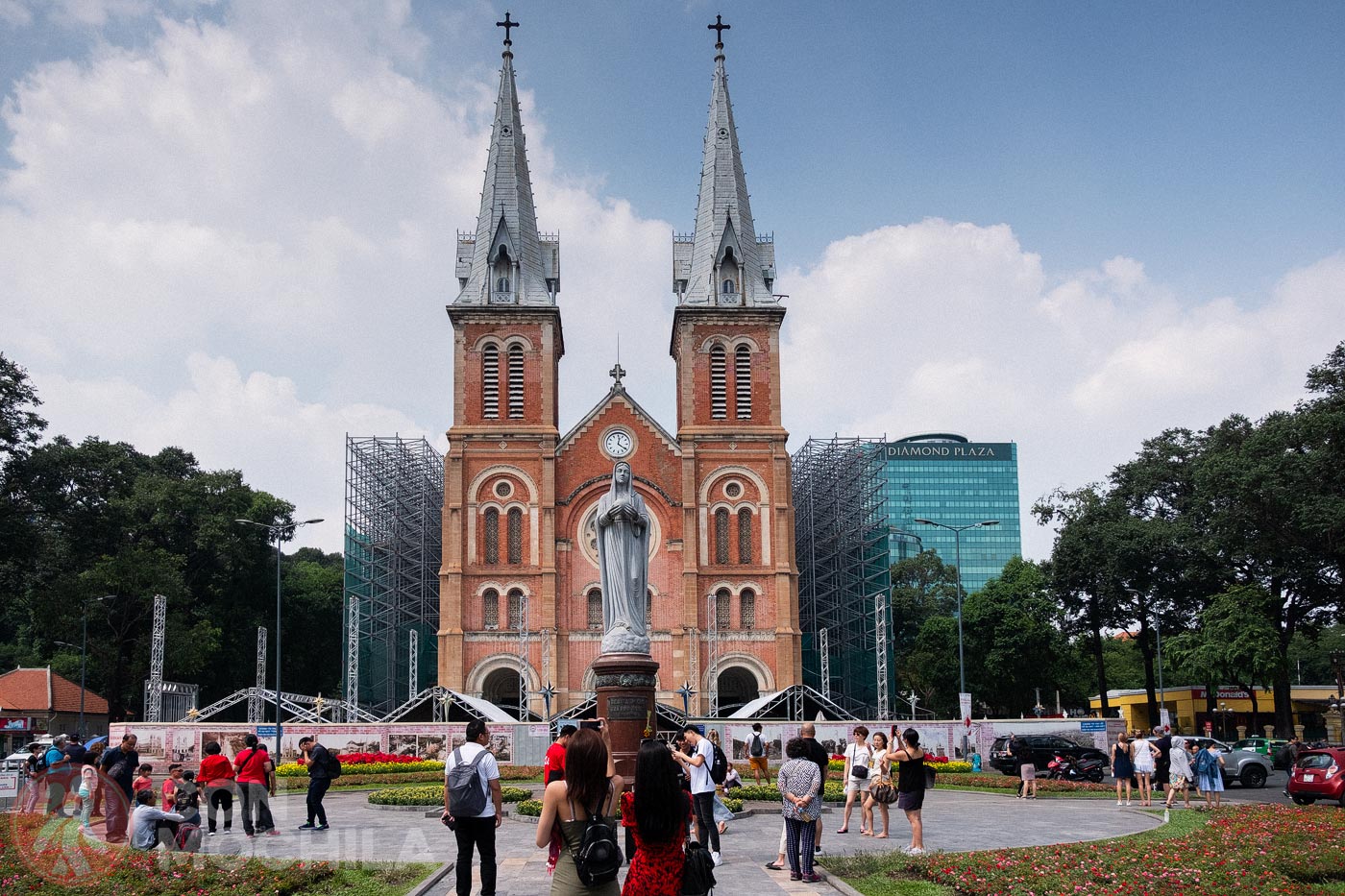
It’s a large city that’s changing rapidly, striving to become a key hub in Southeast Asia, much like Bangkok or Kuala Lumpur.
The idea of creating the Vinh Moc tunnel network came about when American forces tried to force the humble village of Vinh Moc, made up of fishermen and farmers, to leave their homes, suspecting them of supplying food and weapons to Viet Cong soldiers.
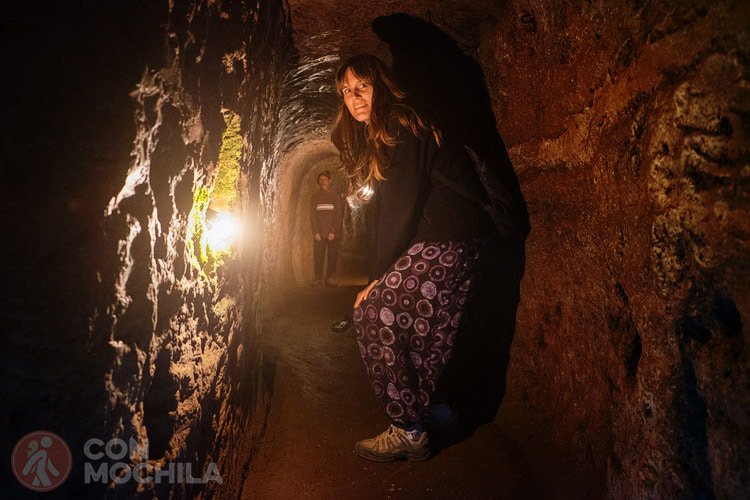
These tunnels, like the famous Cu Chi tunnels near Saigon, are hidden deep in the hills. The network eventually stretched over two kilometers, divided into three levels with rooms for the inhabitants, and was even advanced enough to include maternity wards and meeting rooms.
Da Lat, with its overall atmosphere, feels quite different from the rest of Vietnam. As expected, traffic is present, but in a much more relaxed way. The streets are cleaner, and the mountains and high altitude always offer a refreshing break.
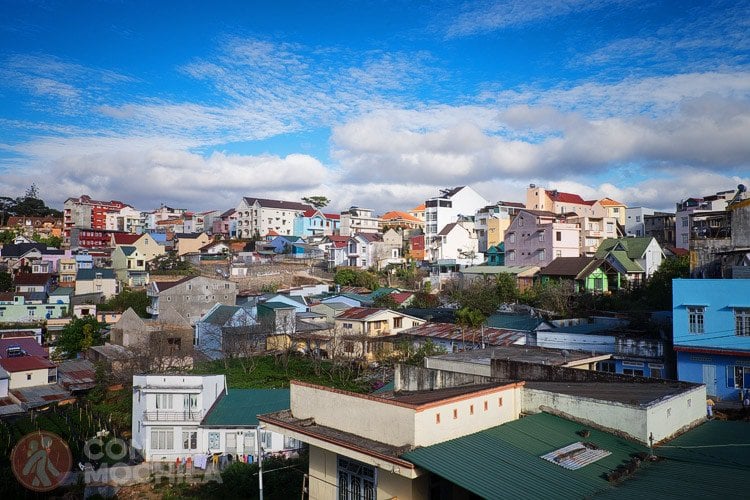
It might resemble Sapa, though I can’t say for sure because the fog didn’t allow us to see much of this northern mountain resort. I’ll have to settle for imagining it based on photos.
Interestingly, when I think of Da Lat, my memory blends it with the misty hills of Ooty in India and Lake Nuwara Eliya in Sri Lanka.
The third and final stop of our excursion around Ninh Binh brought us to Hoa Lu Citadel, the capital of Vietnam in the 10th century during the Dinh and Le dynasties. Located in a flat valley surrounded by steep limestone mountains, it created almost impenetrable barriers to human movement.
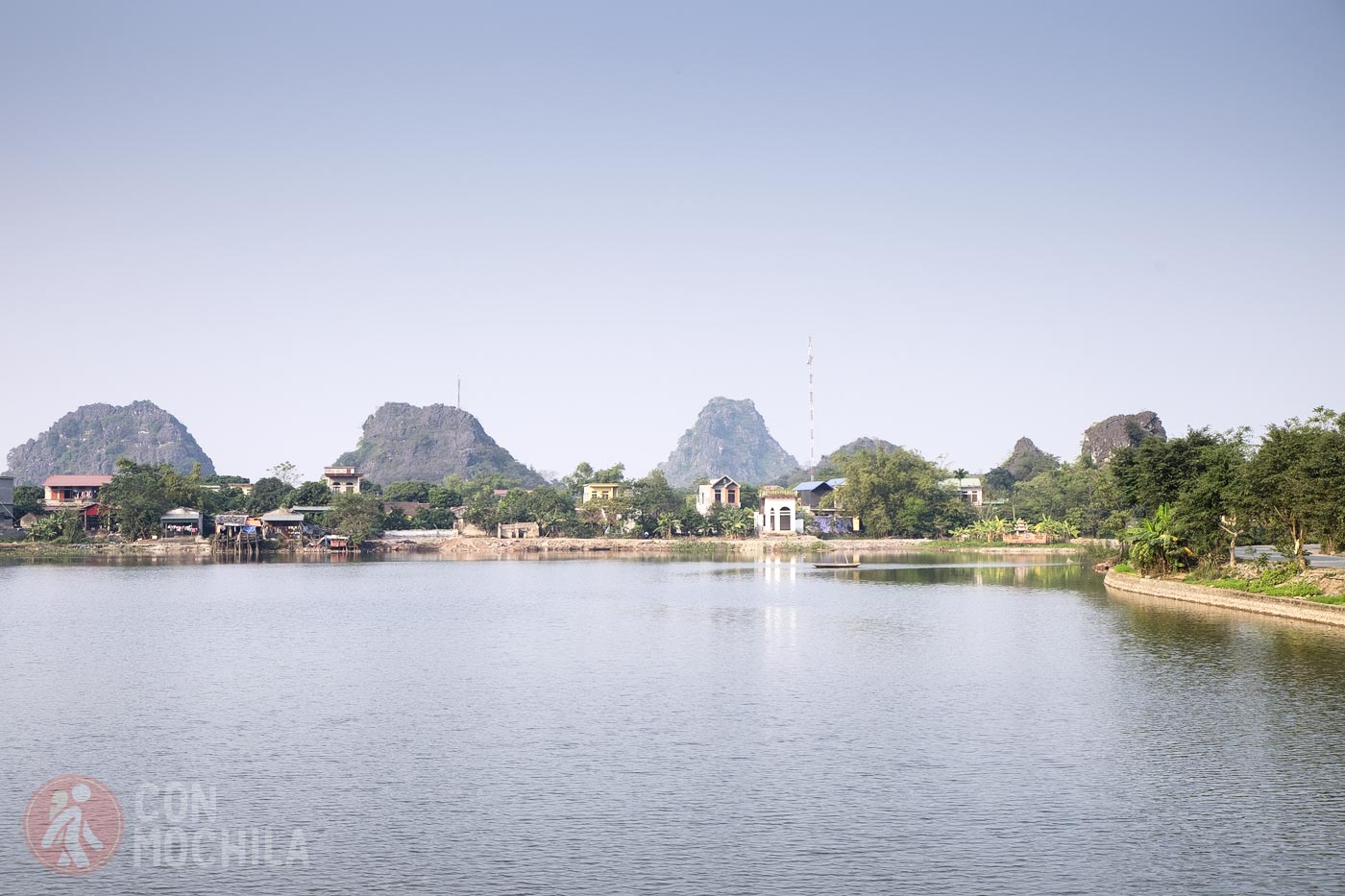
Although little remains of its former glory, if you visit Tam Coc, you can also take advantage of seeing the structures still standing, such as a couple of temples dedicated to the dynasties.
Northern Vietnam is a multicultural region, and as you travel through the small villages between Hanoi and Sapa, you’ll encounter the various ethnic groups that inhabit these lands.
The White Tai, Black Tai, Hmong, and Red Dao peoples live in villages such as Mai Chau, Moc Chau, Dien Bien Phu, and Sapa. Staying in a homestay is a fantastic way to learn more about their cultures.
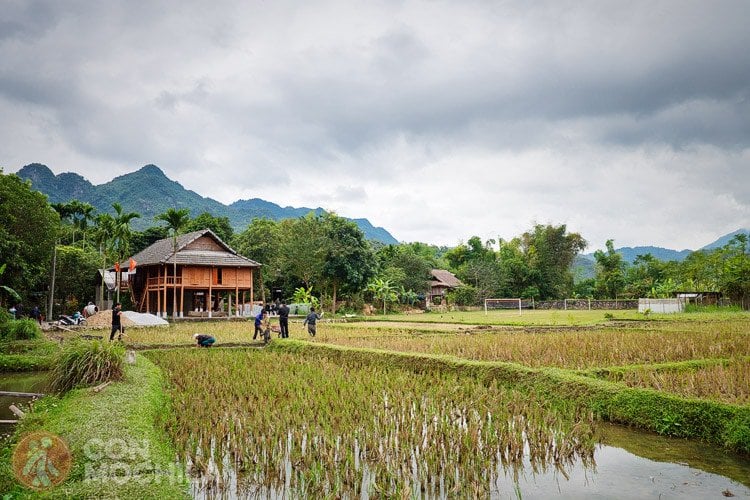
We highly recommend visiting the Vietnam Museum of Ethnology in Hanoi before heading north.
One of the major attractions of Vietnam’s southern coast is the excellent conditions for sports like surfing and kitesurfing. Mui Ne, a long stretch of coastline near a small fishing village located 22 km east of Phan Thiet, is a famous destination for these activities.
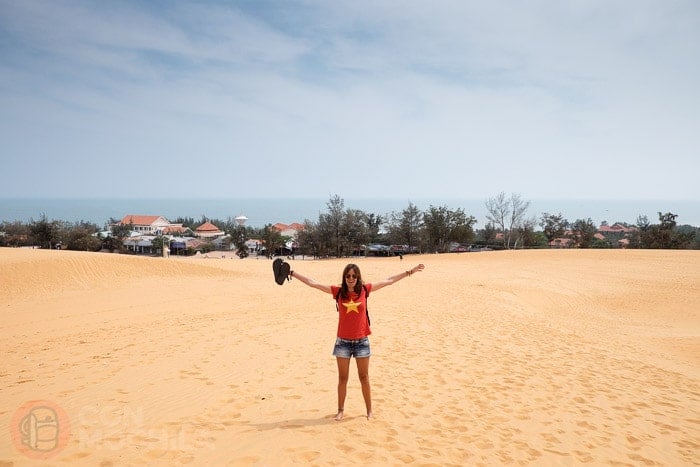
However, for those of us who don’t surf (or haven’t tried it yet), Mui Ne is also known for its massive red sand dunes to the north of the town. We aimed to visit them in the morning before the heat became too intense.
According to local legend, when the Vietnamese were fighting off an invasion from the Chinese, the gods sent a family of dragons to help defend the land. This family of dragons began spitting out jewels and jade, which eventually became the islands and islets of Halong Bay, joining together to form a great wall.
Halong Bay is a UNESCO World Heritage Site and, without a doubt, one of the must-see destinations on any trip to Vietnam.
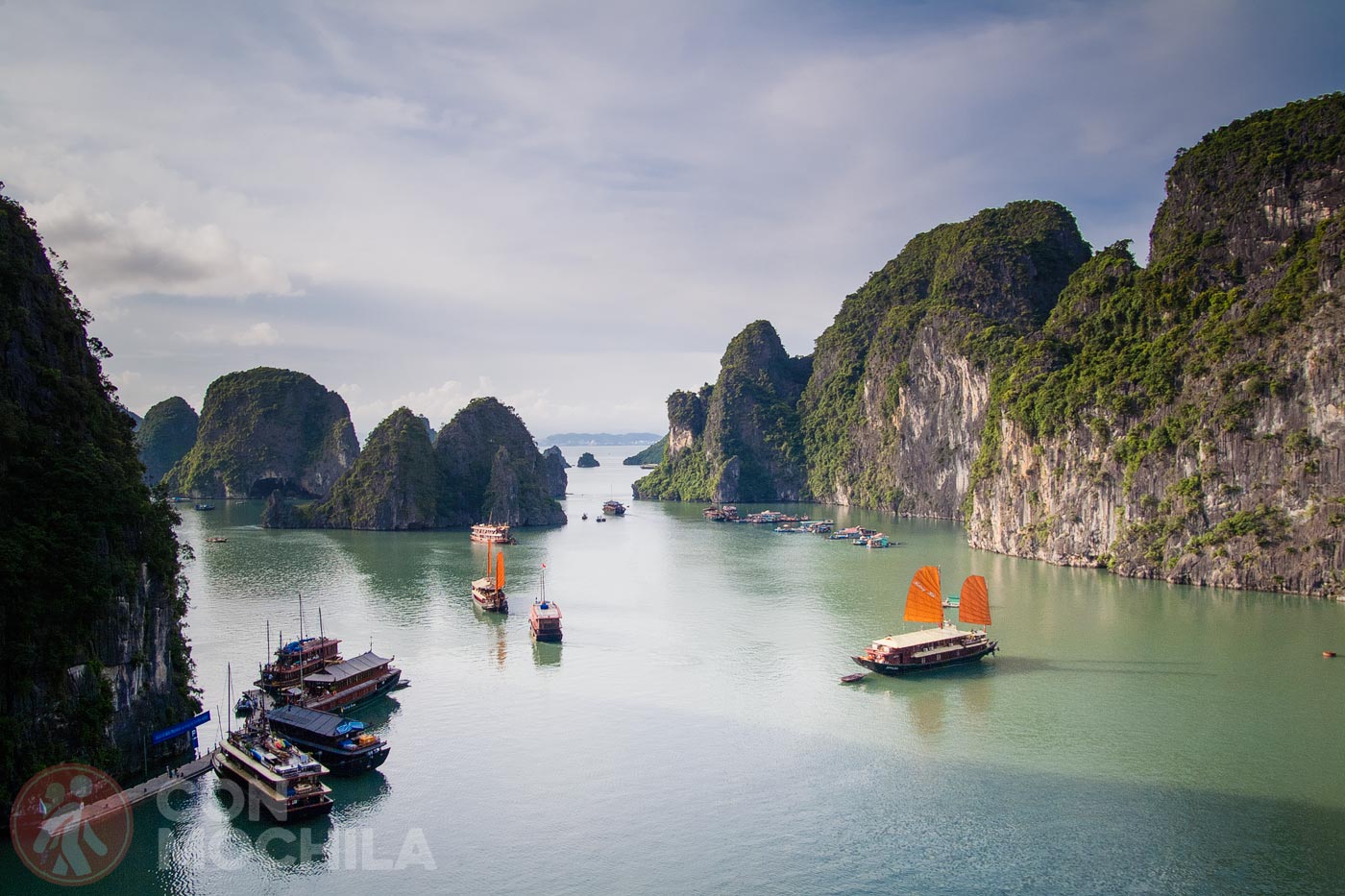
The bay is located 170 km from Hanoi, in the Gulf of Tonkin, and spans over 1,500 km², with almost 2,000 rock islands covered in vegetation. It’s close to China, so you can often see traditional “junk” boats with red sails sailing by.
Sapa is one of the most popular tourist destinations in northern Vietnam. It is a small town nestled between green mountains and rice terraces, surrounded by villages of various ethnic groups, such as the Black Hmong and the Red Dao.
Most people visit this mountain station hoping to trek through the valley and spend a night with a Hmong family. However, this isn’t always possible, as thick fog can cover the village and surrounding areas for many months of the year, reducing visibility to less than two meters.
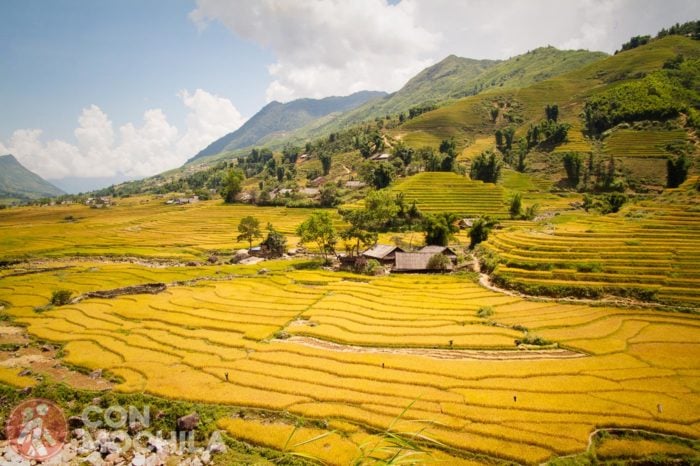
If you visit during a good time, you might find the article Hiking and Staying with the Hmong in Sapa helpful (coming soon). And if the fog prevents you from enjoying the valley, here you can see the impressive landscapes.
The Mekong River runs approximately 4,600 kilometers from its source in Tibet to its mouth in the South China Sea. As it flows through China, Myanmar, Thailand, Laos, Cambodia, and Vietnam, it changes its name, nourishes the villages along its path, and floods the landscapes, offering wonderful views from start to finish.
In its final stretch, the river branches out and spreads across southern Vietnam, forming what is known as the Mekong Delta.
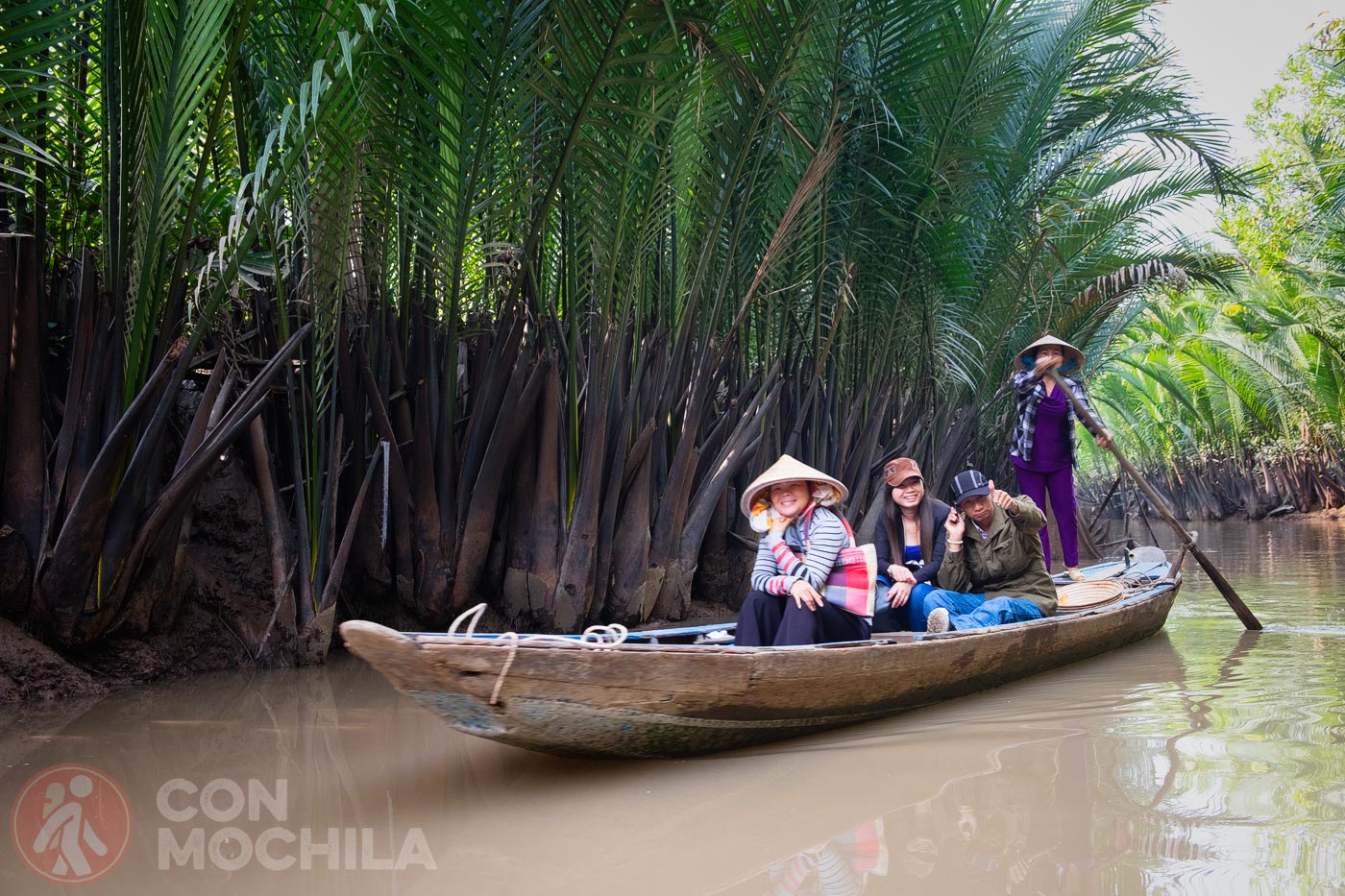
We explored the last few kilometers of this life-giving river from Ben Tre, a quieter area than others closer to Ho Chi Minh City.
Less well-known but just as stunning as the famous Halong Bay, Tam Coc is located a few kilometers from Ninh Binh and about 100 km from Hanoi. It offers breathtaking walks and views, making it a worthwhile stop during any tour of Vietnam.
As if the atolls of Halong Bay had invaded the mainland, the massive rock formations here are surrounded by lush vegetation and rice fields, creating a unique landscape that can also be explored by boat on the Ngo Dong River.
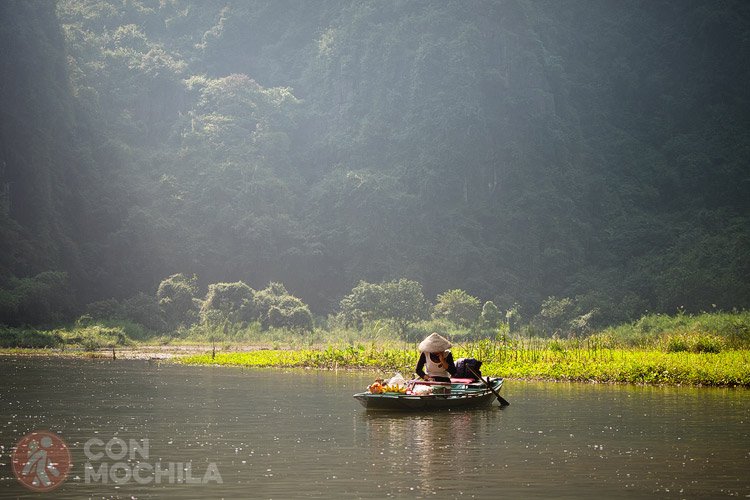
It’s best to plan your visit during the season when the rice fields are green, although this isn’t always possible…
One of the main reasons we visited Cat Tien National Park, located about 150 km north of Ho Chi Minh City, was undoubtedly to see gibbons.
This protected area of tropical rainforest, covering 72,000 hectares, is home to an incredibly diverse range of wildlife, including elephants, bears, buffalo, lorises, macaques, and langurs. Images of tigers and leopards have even been captured here!
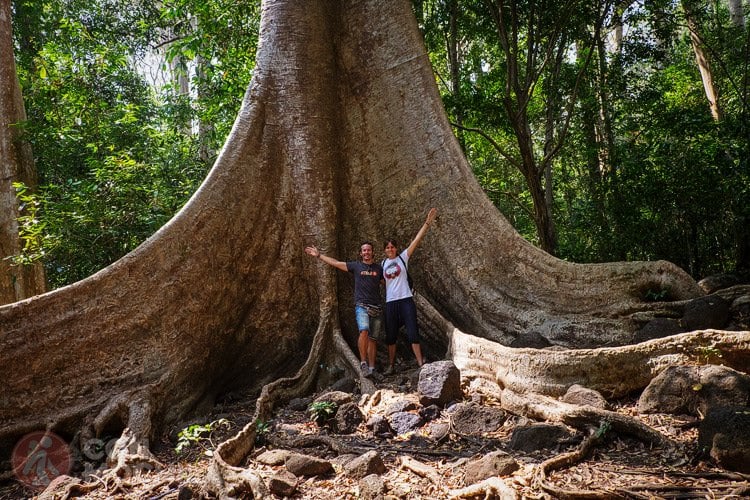
The highlight of our stay in the park was staying in a cabin at the Cat Tien Forest Call lodge.
If you’re feeling the urge to take a motorbike tour through Vietnam, you’ll find all the necessary information about purchasing and maintaining the bike, the route, and many other useful tips in the link above.
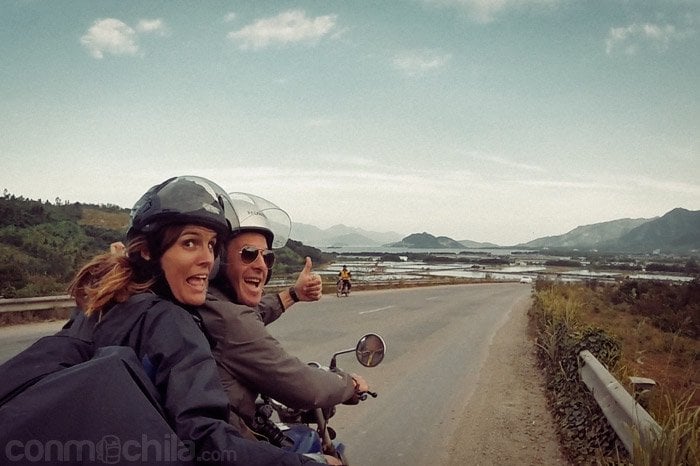
There are advantages and disadvantages to traveling by motorbike in Vietnam. Not everything has been smooth sailing, and not everyone would enjoy this method of travel, I’m absolutely sure.
Want to know our conclusion? Would we do it again? After weighing the pros and cons, here’s our final verdict.

Our initial philosophy was always to “book the first night and then find hotels along the way.” However, with the surge in tourism, new hotels and “fully booked” signs have appeared, along with more booking websites. The advantage now is that with just a click, you have a wide variety of hotels and guesthouses to choose from before arriving at your destination.
We recommend platforms like Booking.com or Agoda.com, which are very active in Southeast Asian countries like Vietnam.
Getting around Vietnam is very easy, as the country has a fairly decent infrastructure. For some time now, there have been several tools available to book transportation in advance. You can purchase tickets online from websites like 12go.asia or Baolau, both of which operate in Vietnam.
How much money should I bring? Like other Southeast Asian countries, Vietnam is relatively cheap (by European standards) and offers something for everyone, both in terms of food and accommodation.
For 6-12€ per night, you can find double rooms with private bathrooms almost anywhere in Vietnam, though prices may be slightly higher in beach areas. As for food, you can expect to spend 5-10€ per day per person, and if you’re a beer lover, add 1-2€ for each beer.
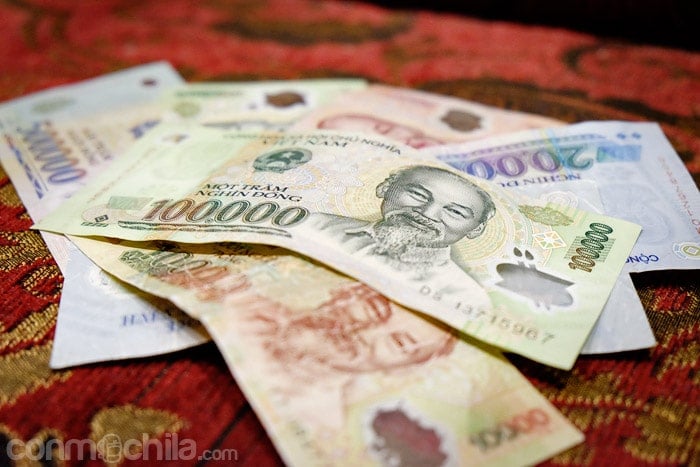
The Vietnamese Dong (VND) has been the official currency of Vietnam since 1978. You can withdraw cash from ATMs, but be aware that they charge up to 55,000 dong per withdrawal. You can find more detailed information in the link above.
If you prefer to get Vietnamese Dong before your trip, we recommend using Ria, as they offer the best exchange rate on the market (you can verify this yourself), and they don’t charge any commissions. Plus, as a bonus for being our reader, you’ll get a small discount!
“Vietnam – The Unfinished Business” is the title of this report where, over a month of “filming” and visiting only four places (Hanoi, Sapa, Hoi An, and Hue), we accompanied Nando Baba on his first trip to Vietnam. Despite having traveled for an incredible 33 years, this was a country he had never visited before…
Click on the image and it will take you to a new Google Maps window with all the points of interest to travel around Vietnam.